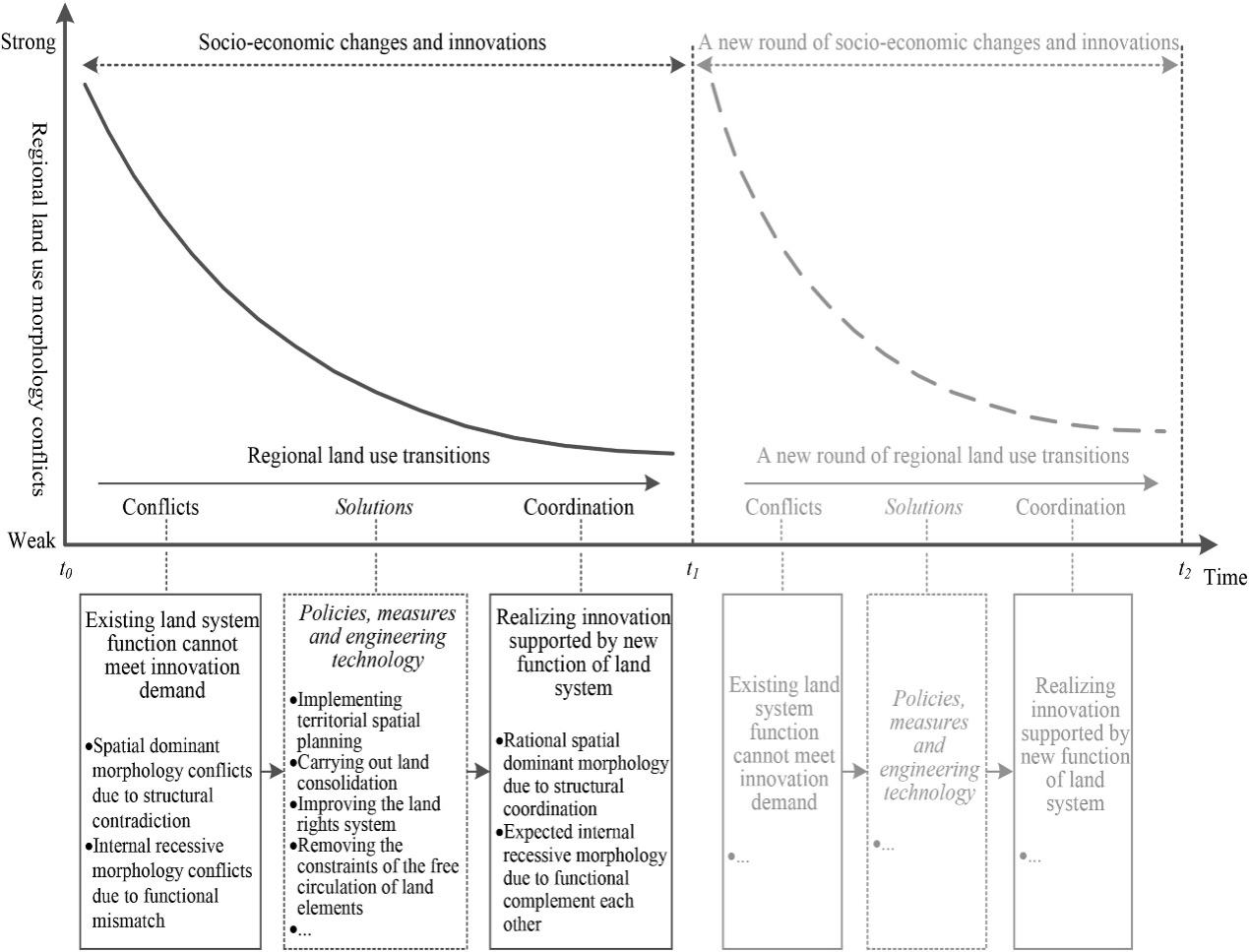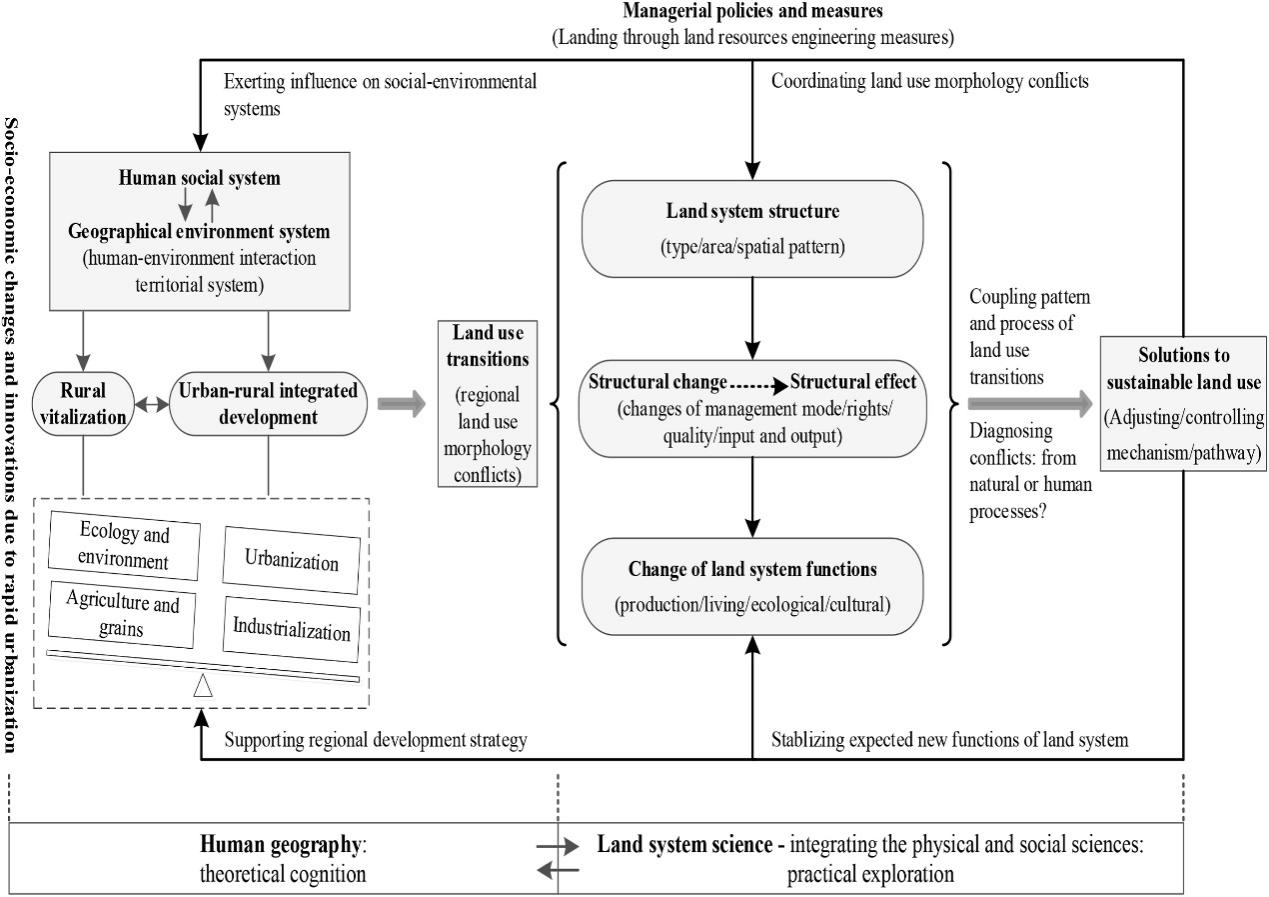Profile of the Author
Hualou Long, Second-level Professor at the School of Public Policy and Management, Guangxi University, Ph.D. Advisor
Source
Habitat International, 2022
Citation
Hualou Long, Theorizing land use transitions: A human geography perspective, Habitat International, Volume 128, 2022, 102669, ISSN 0197-3975, https://doi.org/10.1016/j.habitatint.2022.102669
Original Article Link
https://doi.org/10.1016/j.habitatint.2022.102669
Land is the primary spatial carrier of human socioeconomic activities, the most fundamental production factor, and the most essential resource for the survival of urban and rural residents. Land use acts as a mirror of society, reflecting the diverse economic, social, and environmental issues that emerge during the process of socioeconomic development. Internationally, land use research has evolved through several stages, from the Land Use/Cover Change Program to the Global Land Project, and subsequently to land system science, which has been integrated into the Future Earth Program. Land system science represents the cutting-edge field of international land use research. Land use transitions are a central research theme within land system science and provide a crucial perspective for understanding regional socioeconomic evolution. Over the past two decades, significant practical achievements have been made in land use research both domestically and internationally. However, theoretical advancements in this area remain limited, prompting increasing calls within the academic community for strengthened theoretical research on land use.

In response to this challenge, this paper integrates the man-land relationship territorial system theory from human geography with China's ongoing rural revitalization and urban-rural integration development strategies. It proposes a "Conflict-Coordination" theoretical model for regional land use transitions. This model is developed through three dimensions: changes in land use patterns leading to alterations in the structure of land systems, which subsequently result in changes in land system functions, and the regulation of land use transitions based on the coupling of patterns and processes. The aim is to enhance understanding of land use transitions and related regional development strategies, thereby contributing to the theoretical advancement of land system science.

The paper's sole author, Professor Hualou Long, is a second-level professor at the School of Public Policy and Management at Guangxi University. In the early 21st century, Professor Long introduced the research direction of land use transitions to China and has been dedicated to the study of urban-rural development and land use transitions. This paper represents a significant theoretical achievement from his more than 20 years of work in the field of land use transition research.
Journal Overview
Habitat International was founded by the United Nations Human Settlements Programme in Vancouver in 1976. It is an internationally authoritative academic journal in the fields of urban studies and urban-rural development research, classified as a Q1 SSCI journal (JCR category) with an impact factor of 5.205 in 2021. The journal is dedicated to researching urban and rural human settlements: their planning, design, production, and management.

